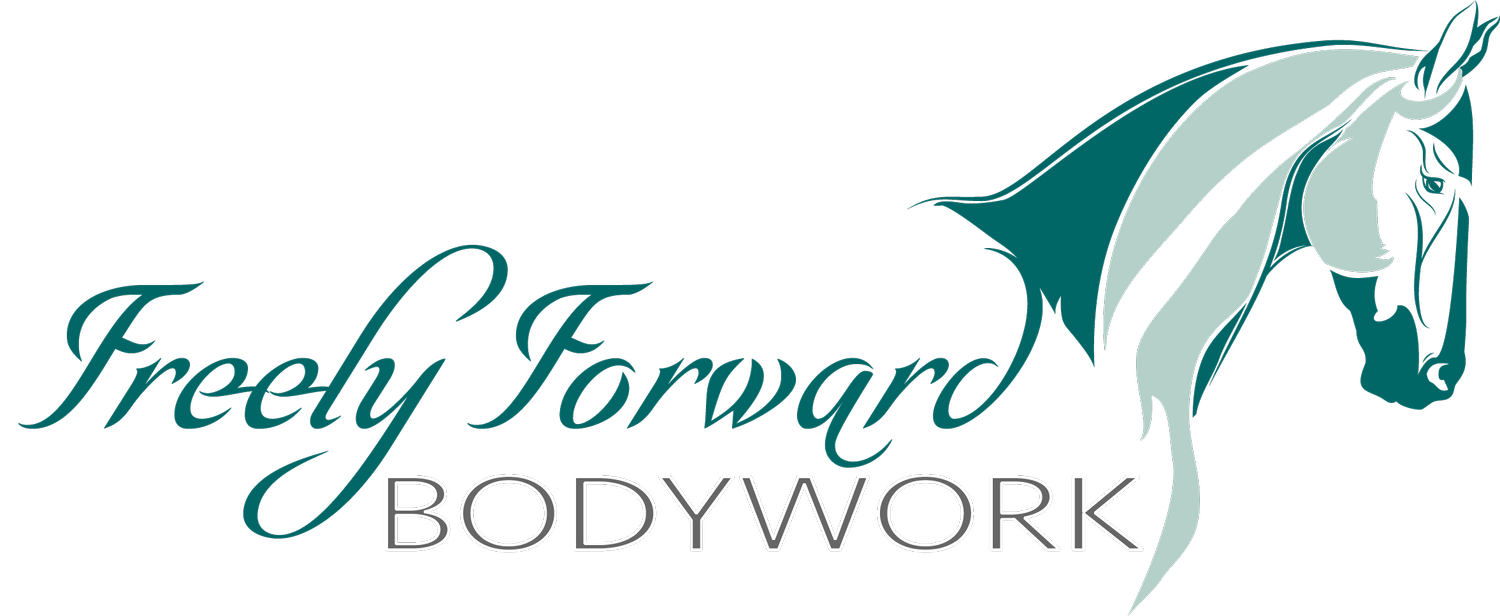A subject I think we don’t talk about enough…
A subject I think we don’t talk about enough… Our mentors and what we’ve learned from them..
Here’s a common theme I’ve learned from my mentors (including trainers at the top of their sport, a chiropractor, and a vet): an ounce of prevention is worth a pound of cure when it comes to preventing pain and injuries. But what does that actually look like, when implemented in the care of your horse?
When it comes to helping horses be their best self, and actually enjoying the journey training them, you want to avoid pain and injuries at all costs. Why? Every time your horse faces a physical problem, their training and progress has to stop, and often regresses significantly. You have to evaluate: what happened? What caused this? How long will they need to recover? How can I prevent this from happening again?
Here’s what my mentors, who have decades of years managing horses and injuries, have hammered into my head: you have to be in tune with your horse, and look over them every day, to catch any anomalies that can turn into a bigger problem.
Here’s what this looks like for me:
-Feeling my horse’s legs every day, so I understand what little swellings they have and don’t have. This includes feeling their digital pulse, feeling for heat, and feeling for any scratches/ funguses coming up. This way, I can feel a problem before I see it: instead of waiting for a soft tissue injury to get so bad that my horse is lame and I can see a swelling, I’m able to detect a small change and have the vet out/ halt any work to prevent it from getting worse. I’m also able to treat small cuts or fungus before they turn into cellulitis.
-Picking their hooves and checking their shoes. If there is any thrush, treat it religiously.
-Looking in their mouth for any ulcers/ teeth pain. Checking their gums to see what their baseline looks like, as well as if there’s any change. This is one that most owners don’t know about/ forget to do. I look in the mouth of every horse I massage, because so often a horse will have contact issues and pain and the owners and trainers will never think to just look in the mouth. I’ve found countless hooks, ulcered mouths, and even injured/rotting teeth that need to be addressed. Look in your horse’s mouth.
-Listening for gut sounds/ examining their stall/ poop to understand what it normally looks like. Looking in their stall (if they have one) to see how much they’re eating and drinking.
-Running my hands over their whole body to look for bumps, cuts, any inflammation. Watching their reaction to look for pain.
-Last but not least, what many owners and trainers don’t know how to do, but I wish they did: I palpate my horse’s muscles to check for pain. I quickly run though the main muscle groups to check for muscle spasms or pain responses from my horse. Doing this allows me to understand:
-What their “baseline” muscle soreness is. Some horses (especially thoroughbreds and horses with Kissing Spine) will baseline be reactive through their back, but as I work to improve their back and core strength, I’m looking for that soreness to lessen and resolve.
-If my tack is working for my horse. If I try a new saddle, I’m watching my horse’s back very carefully. If I am using the same saddle I’ve always had, I’m still watching my horse’s back very closely. Why? My horse’s weight and musculature will fluctuate, and therefore the fit or the saddle may change. Also, I have a wool flocked saddle, so the flocking can shift and compress, changing the fit as well.
If my training regime is causing significant muscle tension: mild tension and soreness as a result of exercise is normal, and expected. Especially when introducing new things, and pushing up the levels. But I don’t want my horse in pain, and I will back off or change my training plan if they are getting progressively more sore, and tack has been addressed.
-f there is something in the lower limb or hooves that may be causing body soreness. A study showed that 90% of horses with hock pain had pain in their lumbar spine as well. The way your horse moves through their limbs, and the biomechanics of their hooves, have a close relationship with how their body feels. While sometimes muscular issues are just that: muscular issues, if they do not resolve with massage and correct tack pretty quickly, I am looking down the leg for another source of pain. While lay people like riders and trainers can’t flex a horse’s joints to check for pain the way vets can, looking to the body for soreness can sometimes indicate if the vet needs to come out and check them.
Palpation is a key tool to being able to monitor and prevent your horse from discomfort and injury, as well as identify where exactly your horse is hurting so you can address it. Being able to use this skill has helped me keep countless horses, including my own, feeling their best. That’s why I teach how to palpate in my signature online course, Equine Massage 101. You won’t just learn how to massage your horse, you’ll put a key tools in your tool box to pinpoint pain, address it though effective massage techniques, and prevent that pain from happening again.
